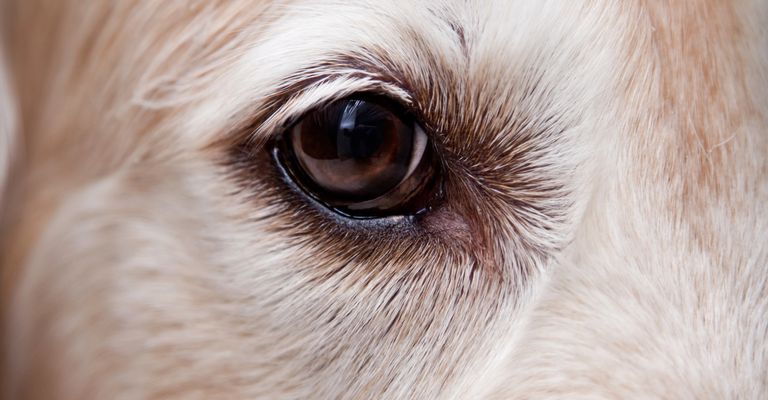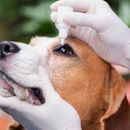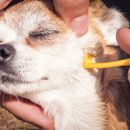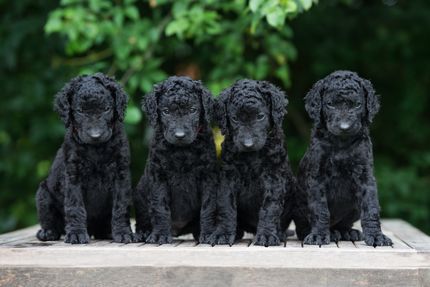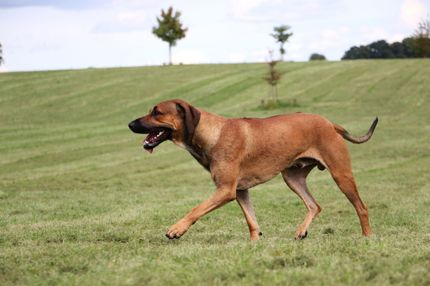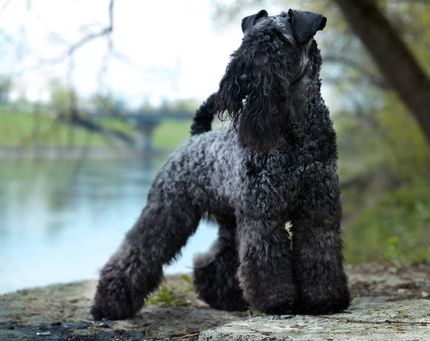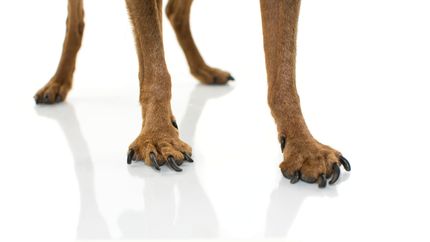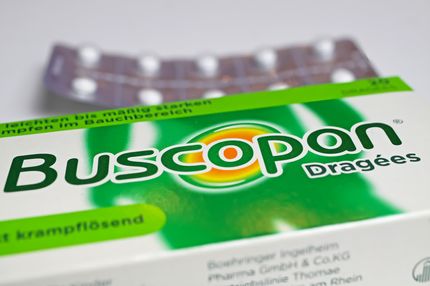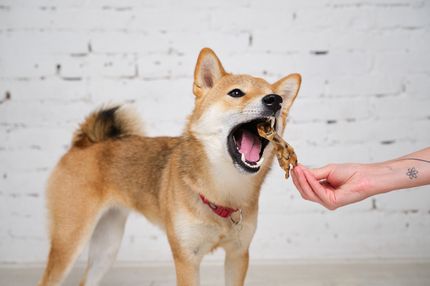What is a sty?
Like humans, dogs can also occasionally develop a sty - a nodule on the edge of the eyelid that is often very annoying. It should not be confused with a chalazion. A sty is a local, purulent infection at the edge of the eyelid that occurs as bacterial blepharitis (inflammation of the eyelid).
What does it look like?
A stye on the eyelid appears as a small, red nodule or pimple on the edge of the eyelid. It is often swollen, painful and filled with pus. The skin around the stye may look red and inflamed, and the affected eye may water or cause a gritty sensation. It can occur on both the upper and lower eyelid.
Causes of a stye
The most common cause is a bacterial infection caused by staphylococci (less commonly streptococci), which infect and inflame the glands on the eyelid. Occasionally, it is basically a harmless infection, but in repeated cases, causes such as injuries (to the eyelid, for example from scratches or foreign bodies, which provide an entry point for bacteria) or a weakened immune system (also increases susceptibility to infections, as the dog is less able to fight off pathogens) are behind it and should also be addressed.
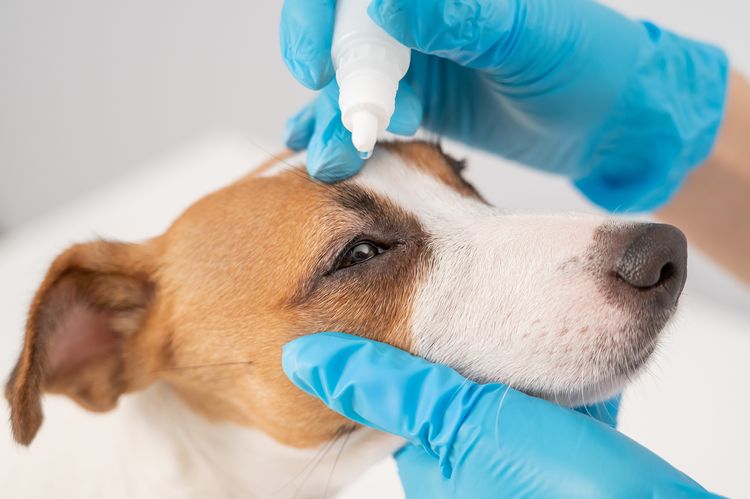
Differentiation
A stye (hordeolum) in dogs is a painful, bacterial infection that affects the eyelids and is divided into two different forms: the hordeolum externum and the hordeolum internum. These two forms differ mainly in their localization and the way in which the pus is discharged.
- Hordeolum externum, also known as external stye, occurs on the outer edge of the dog's eyelid. This form of infection affects the hair follicle glands (sebaceous glands) located at the edge of the eyelid. A characteristic feature of hordeolum externum is that the pus that forms during the course of the infection breaks through to the outside. This leads to visible swelling and redness at the outer edge of the eyelid. The affected area can also be very sensitive and cause the dog pain, especially if it scratches or rubs the eye. In most cases, the pus drains on its own, resulting in relief of symptoms.
- In contrast, hordeolum internum, or internal stye, occurs inside the eyelid and affects the so-called meibomian glands (glandulae tarsales). These glands produce sebum, which serves as a component of the tear film and protects the eye from drying out. If these glands become infected by bacteria, pus forms in the tarsus, the supporting structure of the eyelid. Unlike an external stye, the pus breaks through to the inside of the eye, causing focal swelling and marked redness on the inside of the eyelid. In severe cases, the swelling can impair the dog's vision as it can partially or completely block the eye. This form of stye often requires more intensive treatment as the infection is deeper and cannot drain away as easily as with an external stye.
In both cases, veterinary treatment is recommended to control the infection and provide relief for the dog. Antibiotic ointments or drops are often prescribed to kill the bacteria and promote healing.
Suggested therapy for sty
The suggested therapy for a sty in dogs initially involves the local application of heat to promote resorption and maturation of the abscess. If spontaneous resorption does not occur, an abscess will develop and mature. In this case, the abscess is split and then an antibiotic eye ointment is applied to promote healing.
Treatment at home
At home, it can be treated with a special ointment recommended by the vet. Home remedies or homeopathic remedies such as chamomile tea or calendula ointment can also be used to reduce the swelling.
However, if the sty does not improve after a few days or even gets worse, it is important to see the vet (again). They may consider additional treatment options such as antibiotics or even surgical removal of the sty.
The healing time of a sty in dogs can vary, but normally it should heal within one to two weeks. During this time, it's important to make sure your dog doesn't scratch or rub at it to avoid further infection. It is always helpful to know how to take care of your dog's health. With the right knowledge and treatment, a sty in dogs can be treated quickly and effectively.
Conclusion on sty in dogs
A stye in dogs is an annoying but treatable infection on the eyelid. It usually heals within one to two weeks with the right care and possibly supportive measures. If the stye does not improve or gets worse, a visit to the vet is advisable to ensure appropriate treatment.
Sources and relevant links
Kohn B, Schwarz G (2017). Praktikum der Hundeklinik. 12., aktualisierte Auflage. Enke Verlag.
Wolff H (2019). Unsere Hunde - gesund durch Homöopathie. 16., unveränderte Auflage. Thieme.
Walde I, Nell B, Schäffer E, Köstlin R (2008). Augenheilkunde. 3., überarbeitete und erweiterte Auflage. Schattauer GmbH.
